Gordon L. Stüber0792379985, 9780792379980
Table of contents :
Cover……Page 1
Contents……Page 8
Preface……Page 16
1. Introduction……Page 22
1.1.2.1 GSM/DCS1800/PCS1900……Page 24
1.1.2.2 IS-54/136 and IS-95……Page 26
1.1.3 Cordless Telephone Systems……Page 28
1.1.4 Third Generation Cellular Systems……Page 29
1.1.5 Wireless LANs and and PANs……Page 35
1.2 Frequency Reuse and the Cellular Concept……Page 37
1.3 Mobile Radio Propagation Environment……Page 40
1.4 Co-channel Interference and Noise……Page 42
1.5 Receiver Sensitivity and Link Budget……Page 44
1.6 Coverage……Page 49
1.7 Spectral Efficiency and Capacity……Page 51
Problems……Page 57
2. Propagation Modeling……Page 60
2.1 Frequency-Non-Selective (Flat) Multipath-Fading……Page 62
2.1.1 Received Signal Correlation and Spectrum……Page 65
2.1.2.1 Rayleigh Fading……Page 71
2.1.2.2 Ricean Fading……Page 72
2.1.2.3 Nakagami Fading……Page 74
2.1.2.4 Envelope Phase……Page 76
2.1.3 Envelope Correlation and Spectra……Page 77
2.1.3.1 Squared-Envelope Correlation and Spectra……Page 81
2.1.4.1 Envelope Level Crossing Rate……Page 82
2.1.4.3 Average Envelope Fade Duration……Page 87
2.1.5 Spatial Correlations……Page 88
2.2 Frequency-Selective Multipath-Fading……Page 90
2.2.1 Statistical Channel Correlation Functions……Page 94
2.2.2 Classification of Channels……Page 95
2.2.3 Channel Output Autocorrelation……Page 99
2.3.1 Filtered Gaussian Noise……Page 100
2.3.2 Sum of Sinusoids Method……Page 101
2.3.3 Multiple Faded Envelopes……Page 105
2.3.4 Simulation of Wide-band Multipath-Fading Channels……Page 110
2.4 Shadowing……Page 118
2.4.1 Laboratory Simulation of Shadowing……Page 119
2.4.2 Composite Shadowing-Fading Distributions……Page 120
2.4.2.1 Composite Gamma-log-normal Distribution……Page 122
2.5.1 Path Loss in Macrocells……Page 123
2.5.1.1 Okumura-Hata and CCIR Models……Page 124
2.5.1.2 Lee’s Area-to-Area Model……Page 125
2.5.2.1 COST231-Hata Model……Page 128
2.5.2.2 COST231-Walfish-Ikegami Model……Page 129
2.5.2.3 Street Microcells……Page 131
2.5.3 Path Loss in Indoor Microcells……Page 134
APPENDIX 2.B: Derivation of Equation (2.222)……Page 135
Problems……Page 137
3. Co-Channel Interference……Page 147
3.1 Multiple Log-normal Interferers……Page 149
3.1.1 Fenton-Wilkinson Method……Page 150
3.1.2 Schwartz-and Yeh-Method……Page 152
3.1.3 Parley’s Method……Page 154
3.2 Probability of Outage……Page 155
3.3 Multiple Ricean/Rayleigh Interferers……Page 159
3.4 Multiple Log-normal Nakagami Interferers……Page 160
3.4.1 Statistically Identical Interferers……Page 162
3.5 Multiple Log-normal Ricean/Rayleigh Interferers……Page 166
3.5.2 Multiple Interferers……Page 168
Problems……Page 169
4. Modulated Signals And Their Power Spectra……Page 173
4.1 Representation of Band-pass Modulated Signals……Page 174
4.1.1 Vector Space Representations……Page 175
4.1.2 Gram-Schmidt Procedure……Page 176
4.1.3 Signal Energy and Correlations……Page 179
4.2 Nyquist Pulse Shaping……Page 181
4.3 Quadrature Amplitude Modulation (QAM)……Page 185
4.4 Phase Shift Keying (PSK)……Page 188
4.4.1 Offset QPSK (OQSPK)……Page 189
4.4.2 π/4-DQPSK……Page 191
4.5 Orthogonal Modulation and Variants……Page 192
4.6 Orthogonal Frequency Division Multiplexing (OFDM)……Page 195
4.6.2 FFT-Based OFDM System……Page 197
4.7 Continuous Phase Modulation (CPM)……Page 202
4.7.1 Full Response CPM……Page 203
4.7.1.1 Minimum Shift Keying (MSK)……Page 204
4.8 Partial Response CPM……Page 206
4.8.1 Gaussian Minimum Shift Keying (GMSK)……Page 209
4.8.2 Linearized OMSK (LGMSK)……Page 212
4.8.3 Tamed Frequency Modulation (TFM)……Page 215
4.9 Power Spectral Densities of Digitally Modulated Signals……Page 218
4.9.1 Psd of a Complex Envelope……Page 219
4.9.2 Psd of QAM……Page 225
4.9.4 Psd of OQPSK……Page 226
4.9.5 Psd of π/4-DQPSK……Page 227
4.9.6 Psd of OFDM……Page 228
4.9.7 Psd of Full Response CPM……Page 231
4.9.7.1 Psd of CPFSK……Page 235
4.9.7.2 Psd of MSK……Page 237
4.9.8 Psd of GMSK and TFM……Page 238
Problems……Page 240
5. Digital Signaling On Flat Fading Channels……Page 247
5.1 Vector Space Representation Of Received Signals……Page 248
5.2 Detection Of Known Signals In Additive White Gaussian Noise……Page 250
5.3 Probability Of Error……Page 254
5.3.1 Pairwise Error Probability……Page 256
5.3.2 Upper Bounds on Error Probability……Page 257
5.3.4 Bit Versus Symbol Error Probabilities……Page 259
5.4 Error Probability Of PSK……Page 260
5.5 Error Probability of M-QAM……Page 266
5.6 Error Probability of Orthogonal Signals……Page 269
5.7 Error Probability of OFDM……Page 272
5.8 Error Probability of MSK……Page 276
5.9 Differential Detection……Page 278
5.9.1 Differential Detection of π/4-DQPSK……Page 281
5.10 Non-coherent Detection……Page 282
5.11 Detection of CPM Signals……Page 287
5.11.2 Non-coherent CPM Demodulator……Page 288
Problems……Page 290
6. Antenna Diversity……Page 295
6.1 Diversity Combining……Page 296
6.2 Selective Combining……Page 297
6.3 Maximal Ratio Combining……Page 300
6.4 Equal Gain Combining……Page 304
6.5 Switched Combining……Page 306
6.6 Differential Detection with Equal Gain Combining……Page 310
6.7 Transmitter Diversity……Page 311
6.7.1 Space-Time Transmit Diversity……Page 313
Problems……Page 317
7. Equalization And Interference Cancellation……Page 321
7.1.1 Symbol-by-symbol Equalizers……Page 322
7.1.2 Sequence Estimation……Page 324
7.1.3 Co-Channel Interference Cancellation……Page 326
7.2 Modeling of ISI Channels……Page 327
7.2.1 Vector Representation of Received Signals……Page 329
7.3 Optimum Receiver for ISI Channels with AWGN……Page 330
7.3.1 Discrete-Time White Noise Channel Model……Page 331
7.3.1.1 Time Varying Channels with Diversity……Page 334
7.3.1.2 T/2-Spaced Receiver……Page 335
7.4 Symbol-by-Symbol Equalizers……Page 337
7.4.1.1 Zero-Forcing (ZF)……Page 339
7.4.1.2 Minimum Mean-Square-Error (MMSE)……Page 341
7.4.2 Decision Feedback Equalizer (DFE)……Page 345
7.5.1 MLSE and the Viterbi Algorithm……Page 348
7.5.1.1 Adaptive MLSE Receiver……Page 354
7.5.2 Delayed Decision-Feedback Sequence Estimation……Page 356
7.5.3 Reduced-State Sequence Estimation……Page 359
7.6 Error Probability for MLSE on ISI Channels……Page 360
7.6.1 Static ISI Channels……Page 363
7.6.2 Fading ISI Channels……Page 365
7.6.3 Computing the Union Bound……Page 368
7.6.3.1 Error-State Diagram……Page 369
7.6.3.2 The Stack Algorithm……Page 370
7.6.4 Examples……Page 371
7.7.1 T-spaced MLSE Receiver……Page 374
7.7.2 T/2-spaced MLSE Receiver……Page 376
7.7.3 Practical T/2-spaced MLSE Receiver……Page 378
7.7.4 Timing Phase Sensitivity……Page 380
7.8 MIMO MLSE Receivers……Page 381
7.8.1 System and Channel Model……Page 382
7.8.2 Joint Maximum Likelihood Sequence Estimation……Page 383
7.8.3 Discrete-time MIMO Channel Model……Page 385
7.8.5 Pairwise Error Probability……Page 389
7.8.6 T/2-Spaced MIMO MLSE Receiver……Page 390
7.8.6.1 Error Probability……Page 392
7.8.6.2 Timing Phase Sensitivity……Page 393
7.8.6.3 Practical Receiver……Page 395
7.8.7 Interference Rejection Combining MLSE……Page 397
7.8.8 Examples……Page 400
Appendix 7.A : Derivation of Equation(7.184)……Page 401
Problems……Page 402
8. Error Control Coding……Page 410
8.1.1 Binary Block Codes……Page 413
8.1.1.1 Minimum Distance……Page 414
8.1.1.3 Error Detection……Page 415
8.1.1.5 Probability of Undetected Error……Page 416
8.1.1.7 Standard Array Decoding……Page 417
8.2.1 Encoder Description……Page 418
8.2.2 State and Trellis Diagrams, and Weight Distribution……Page 421
8.2.3 Recursive Systematic Convolutional (RSC) Codes……Page 424
8.3.1 Encoder Description……Page 426
8.3.2 Mapping by Set Partitioning……Page 427
8.4 Coded Performance on AWGN Channels……Page 431
8.4.1 Union Bound for Convolutional Codes……Page 432
8.5 Coded Performance on Interleaved Flat Fading Channels……Page 436
8.5.1 Design Rules for TCM on Flat Fading Channels……Page 441
8.5.1.1 Multidimensional TCM……Page 442
8.5.1.2 Multiple TCM (MTCM)……Page 443
8.5.1.3 2-D Trellis Codes……Page 445
8.6 Coded Performance on ISI Channels……Page 446
8.6.2 TCM on Noninterleaved Fading ISI Channels……Page 448
8.6.3.1 Static ISI Channels……Page 450
8.6.3.2 Multipath Fading ISI Channels……Page 452
8.6.4 Evaluation of Union Bounds for TCM……Page 455
8.7 Turbo Codes……Page 462
8.7.1 PCCC Encoder……Page 463
8.7.2 PCCC Decoder……Page 465
8.7.4 Weight Distribution……Page 467
8.7.4.1 Weight Distribution of PCCCs……Page 469
Problems……Page 472
9. Spread Spectrum Techniques……Page 476
9.1.1 Direct Sequence (DS) Spread Spectrum……Page 478
9.1.2 Frequency Hop (FH) Spread Spectrum……Page 481
9.2 Spreading Sequences……Page 483
9.2.1 Spreading Waveforms……Page 485
9.2.2 m-sequences……Page 486
9.2.3 Gold Sequences……Page 488
9.2.4 Kasami Sequences……Page 490
9.2.5 Barker Sequences……Page 491
9.2.6.1 Orthogonal and Bi-orthogonal Modulation……Page 492
9.2.7 Variable Length Orthogonal Codes……Page 493
9.3 Power Spectral Density of DS Spread Spectrum Signals……Page 494
9.4 Performance of DS/OPSK in Tone Interference……Page 497
9.5 DS Spread Spectrum on Frequency-Selective Fading Channels……Page 510
9.5.1 RAKE Receiver……Page 514
9.6 Error Probability for DS CDMA on AWGN Channels……Page 520
9.6.1 Standard Gaussian Approximation……Page 524
9.6.2 Improved Gaussian Approximation……Page 525
9.6.3 Simplified Gaussian Approximation……Page 526
Problems……Page 529
10. TDMA Cellular Architectures……Page 534
10.1.1 Cell Sectoring with Wide-beam Directional Antennas……Page 535
10.1.2 Sectoring with Switched-beam Antennas……Page 537
10.1.3 Trunkpool Techniques……Page 539
10.1.4 Cellular Performance with Switched-beam Antennas……Page 541
10.1.4.1 Reverse Channel……Page 542
10.1.4.3 Performance Criteria and Results……Page 543
10.2 Conventional Cell Splitting……Page 547
10.2.1 Reuse Partitioning……Page 549
10.3 Cluster Planned Hierarchical Architecture……Page 551
10.3.1 System Architecture……Page 552
10.3.2 Underlaid Microcell Planning Algorithm……Page 553
10.3.3 Performance Analysis of Cluster Planned Architecture……Page 558
10.3.3.1 Macrocell Performance……Page 559
10.3.3.2 Microcell Performance……Page 564
10.3.3.3 Adjacent Channel Interference Analysis……Page 572
10.4 Macrodiversity Architectures……Page 573
10.4.1 Probability of Co-channel Interference Outage……Page 575
10.4.2 Shadow Correlation……Page 576
10.4.3 Numercial Examples……Page 578
Appendix 10.A: Derivation of Equation……Page 580
Problems……Page 583
11. CDMA Cellular Architectures……Page 586
11.1 Capacity of Cellular CDMA……Page 587
11.1.1 Reverse Link Capacity……Page 589
11.1.2 Forward Link Capacity……Page 596
11.1.3 Imperfect Power Control……Page 597
11.2 Error Probability with RAKE Reception……Page 599
11.2.1 Maximal Ratio Combining……Page 602
Problems……Page 605
12. Link Quality Measurement And HandOff Initiation……Page 608
12.1 Signal Strength Based Hard Handoff Algorithms……Page 614
12.2 Pilot-to-interference Ratio Based Soft Handoff Algorithms……Page 616
12.3 Signal Strength Averaging……Page 617
12.3.1 Choosing the Proper Window Length……Page 618
12.3.2 Choosing the Proper Number of Samples to Average……Page 620
12.4 Velocity Estimation in Cellular Systems……Page 623
12.4.1 Level Crossing Rate Estimators……Page 625
12.4.2 Covariance Approximation Methods……Page 627
12.4.3 Velocity Estimator Sensitivity……Page 630
12.4.3.1 Effect of the Scattering Distribution……Page 631
12.4.3.2 Effects of Additive Gaussian Noise……Page 634
12.5 Velocity Adaptive Handoff Algorithms……Page 636
12.5.1 Effect of Nλ……Page 637
12.5.2 Corner Effects and Sensitivity to a and Wι……Page 638
12.5.3 Velocity Adaptive Handoff Performance……Page 639
12.6 HardHandoffAnalysis……Page 640
12.6.1 Simulation Results……Page 645
12.7 Soft HandoffAnalysis……Page 646
12.7.1 Simulation Results……Page 648
12.8 CIR-based Link Quality Measurements……Page 650
12.8.1 Discrete-Time Model for Signal Quality Estimation……Page 651
12.8.1.1 Estimation of (I+N)……Page 652
12.8.1.2 Estimation of C/(I+N)……Page 654
12.8.2 Training Sequence Based C/(I+N) Estimation……Page 655
12.9 Summary……Page 657
Appendix 12.A: Derivation of Equations(12.47) and (12.60)……Page 659
Problems……Page 661
13. Channel Assignment Techniques……Page 664
13.1.1 Maximum Packing (MP)……Page 669
13.1.2 MAXMIN Scheme……Page 671
13.2.1 First Available (FA) and Nearest Neighbor (NN)……Page 672
13.2.2 Dynamic Resource Acquisition (DRA)……Page 673
13.3.2 Channel Segregation with Variable Threshold……Page 674
13.3.4 Aggressive and Timid DCA Strategies……Page 676
13.4 Hybrid FCA/DCA Schemes……Page 678
13.5.1 Borrowing with Channel Ordering (BCO)……Page 679
13.5.2 Borrowing with Directional Locking……Page 681
13.5.3 Borrowing without Locking……Page 682
13.5.4 Compact Pattern Based DCA……Page 683
13.7 Moving Direction Strategies……Page 684
13.8.1 Reuse Partitioning……Page 685
13.9 Handoff Priority……Page 686
13.10 Example DCA Schemes for TDMA Systems……Page 687
13.10.2 A Queueing DCA Strategy……Page 689
13.10.3 An Aggressive DCA Strategy……Page 692
13.10.4 Simulation Model, Results, and Discussion……Page 695
13.11 Concluding Remarks……Page 701
Problems……Page 702
A.1 Conditional Probability and Bayes’ Theorem……Page 704
A.2 Means, Moments, and Moment Generating Functions……Page 706
A.3.1 Discrete Distributions……Page 707
A.3.2 Continuous Distributions……Page 708
A.4 Upper Bounds on the cdfc……Page 713
A.5 Random Processes……Page 716
A.5.1 Moments and Correlation Functions……Page 717
A.5.2 Crosscorrelation and Crosscovariance……Page 722
A.5.3 Complex-Valued Random Processes……Page 724
A.5.4 Power Spectral Density……Page 725
A.5.5 Random Processes Filtered by Linear Systems……Page 726
A.5.6 Discrete-time Random Processes……Page 728
A.5.7 Cyclostationary Random Processes……Page 730
References……Page 732
Index……Page 764
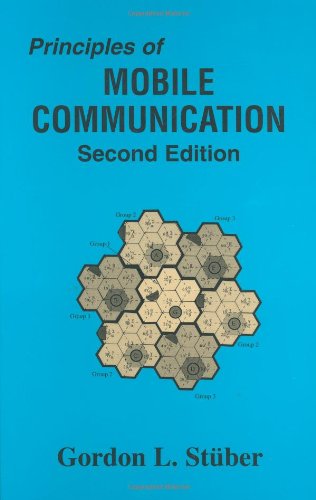
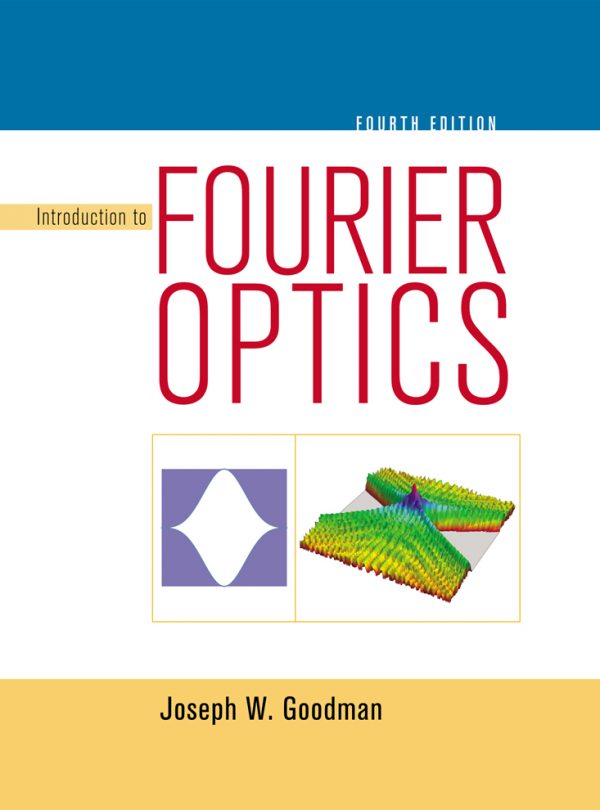
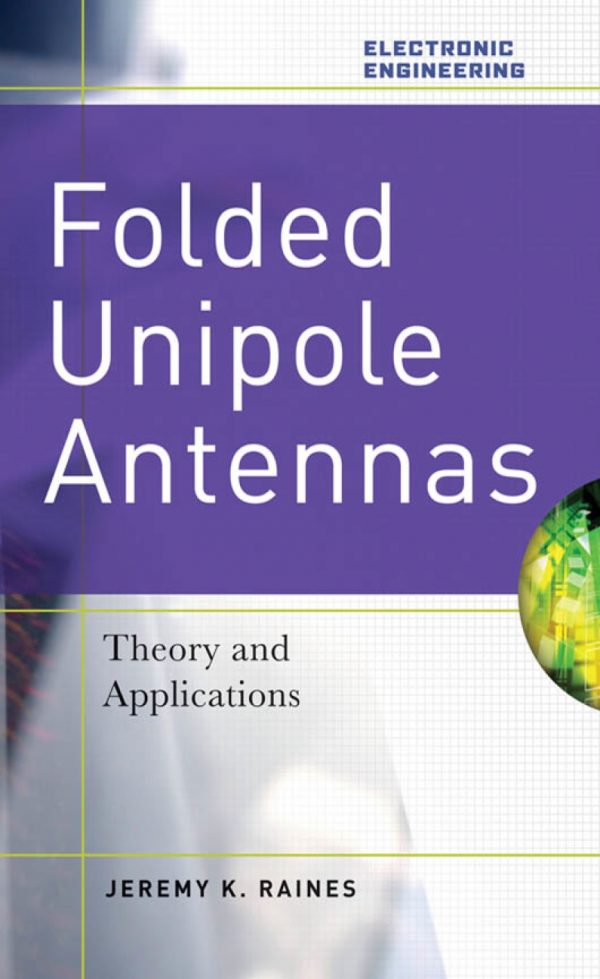
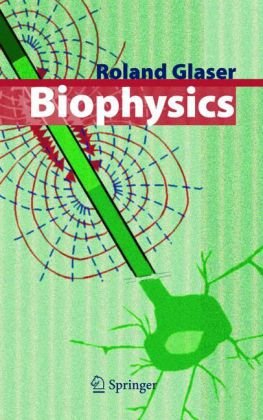
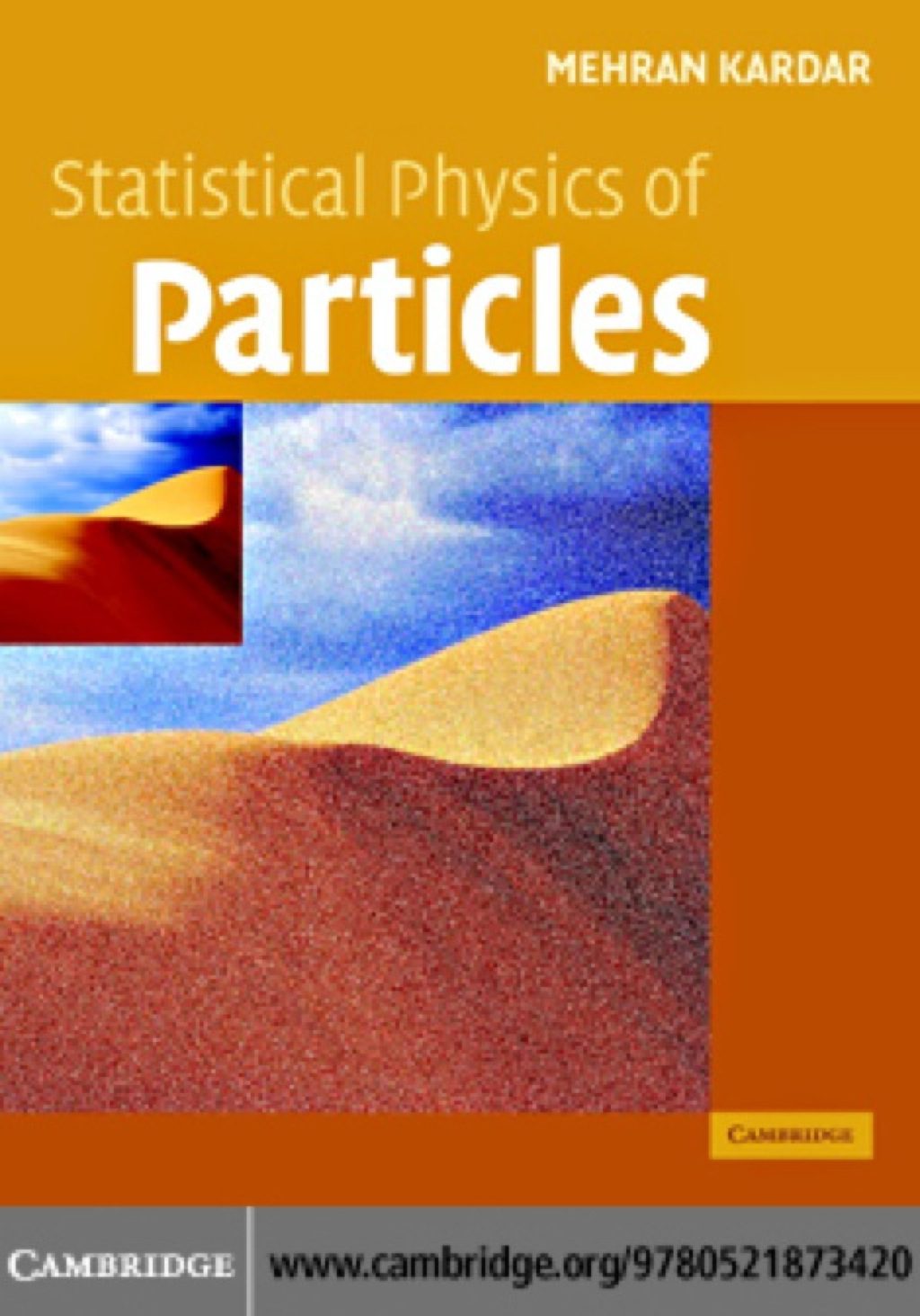
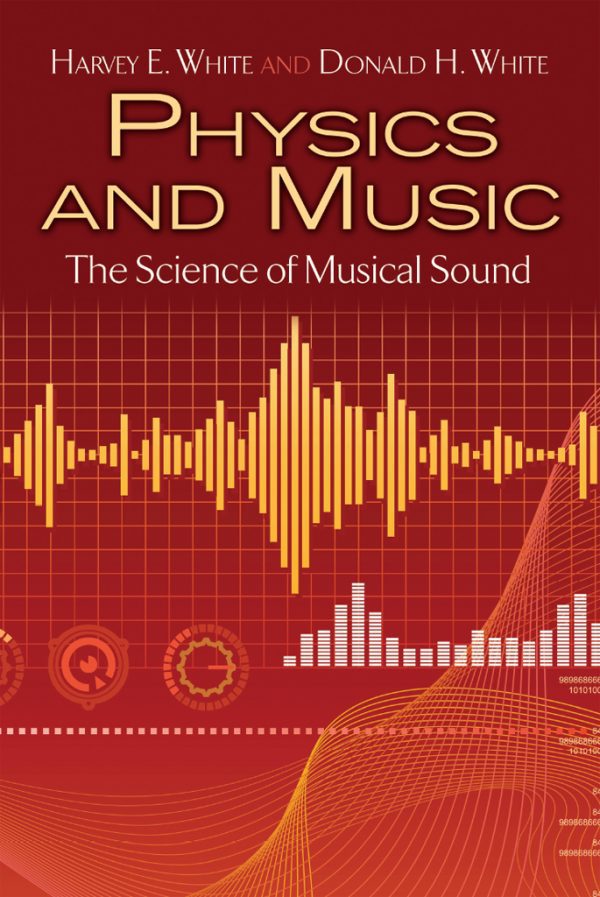
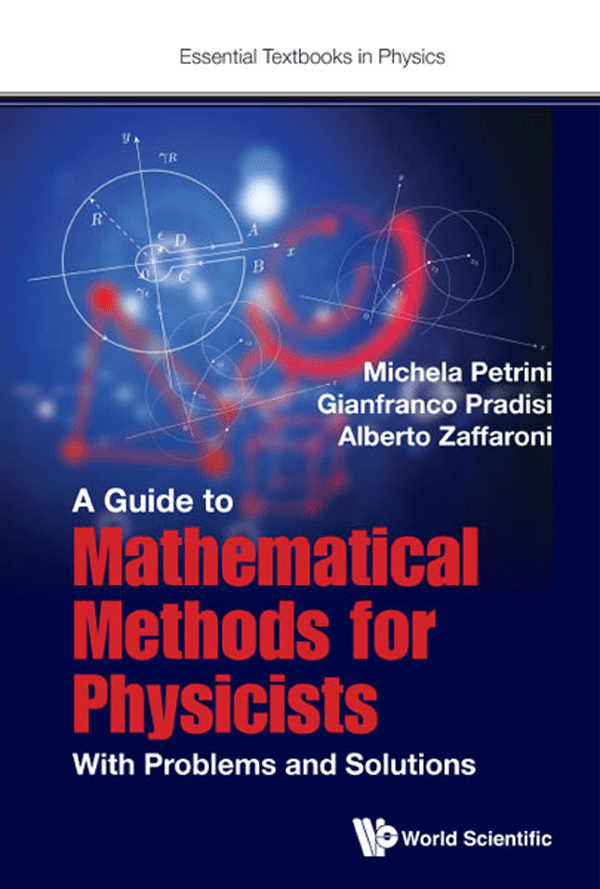
Reviews
There are no reviews yet.